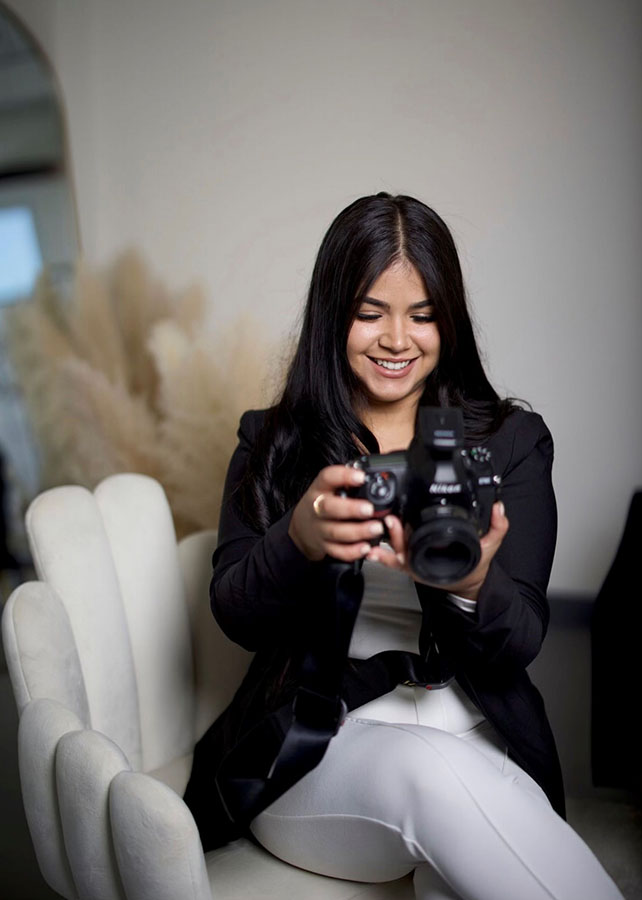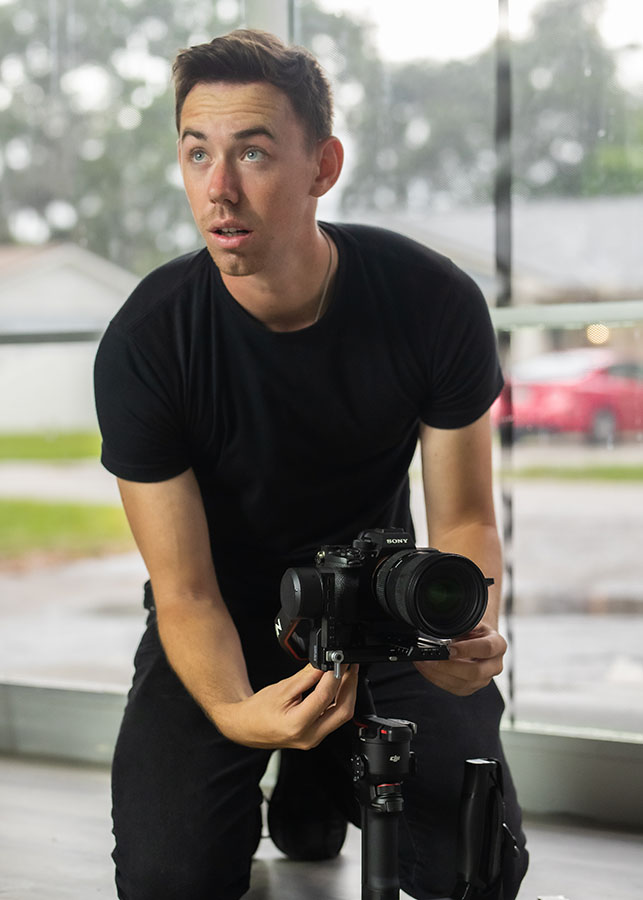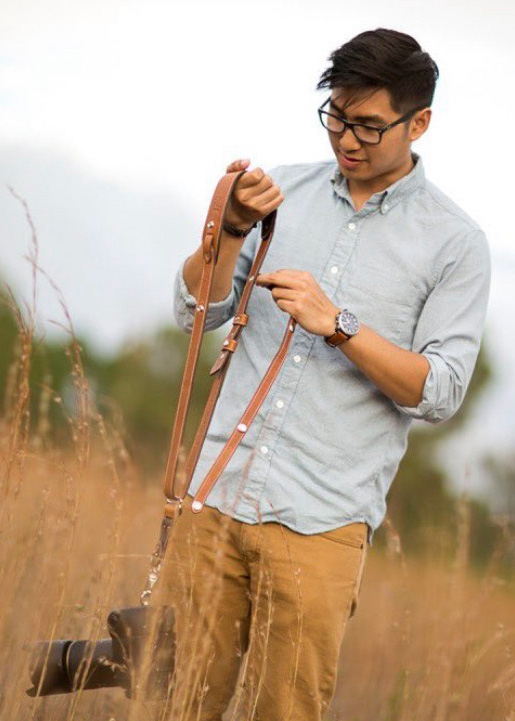Discover the pros and cons of indoor and outdoor photoshoots to find the best option for your photography.
Deciding whether to choose between indoor vs outdoor photography is more than just a matter of personal taste; it’s an integral element of your storytelling in today’s visually-driven society. Whether you’re taking pictures to commemorate a special occasion, promote your brand, or build your company’s content, the location of your shoot is crucial.
Both Indoor and outdoor photography can benefit from the use of professional lighting equipment. offer unique advantages. How do you decide which fits your needs best? This guide explores the pros and cons of indoor and Outdoor shoots, and can take photos in various settings, whether indoors or outdoors, helping you align your vision, goals, and environment for the best results.
What Is an Indoor Photoshoot?
An indoor shooting takes place in a photo studio, a home, or any indoor area or space, like a café, coffee shop, or even a washroom for editorial work. The biggest advantage of indoor shooting is having complete control.
- Lighting control: Using Studio lights is essential lighting equipment for achieving the perfect radiance in photos. With reflectors and artificial lighting, a photographer can shape light precisely without worry about low lighting or harsh shadows.
- Privacy and security: Shooting indoors eliminates location restrictions or rules that often apply in public places.
- Consistency: Weather or time of day won’t affect your photography session, making it more predictable.
- Creative control: A studio photography setup can be adapted with props, sets, and backdrops to create any effect or theme you want.
In short, if you want a comfortable and convenient shoot with fewer variables, an indoor setting, like an indoor studio, may be ideal.
What Is an Outdoor Photoshoot?
An outdoor photoshoot uses natural light, a preferred choice for taking photos during outdoor shoots, and the great outdoors as the setting. Think green grasses, blue sky, brown mountains, or urban landscapes. While outdoor photoshoots are inherently dynamic, they come with unpredictable weather and lighting challenges.
- Natural light: Sunlight creates a vibrant, visually appealing glow, especially during golden hour.
- Scenic backdrops: You can take advantage of seasonal backdrops and outdoor locations like parks, beaches, or city streets.
- An ever-changing environment can enhance the photography experience by providing dynamic backdrops. Shooting outside allows for candid shots and a more relaxed vibe.
However, factors like unpredictability, weather conditions, and restrictions and rules in public places can affect the quality of images captured indoors or outdoors effect you want.
Pros and Cons Table: Indoor vs Outdoor Photography
Feature | Indoor Photography | Outdoor Photography |
Lighting | Controlled with studio lights, diffuse light | Depends on natural light; may need reflector or off-camera flash |
Logistics | Easy setup, no weather impact | Subject to change based on whether the shoot is indoors or outdoors. weather conditions, travel required |
Cost | May include photo studio fees | Lower cost if using free outdoor locations |
Creativity | Custom backdrops and stylized setups would be a photo studio's way of creating unique photography experiences | Nature, architecture provide diverse background options |
Control | High level of control over light, space, and noise | Less control due to unpredictable weather, crowds |
When to Choose Indoor Photography
Opt for natural light whenever possible to enhance the photography experience. Indoor photography when you need precision, privacy, or controlled styling. Ideal for seasonal backdrops, photography gives a fresh perspective to each project.
- Product shoots in photography studios often require specialized lighting equipment. Consistent lighting highlights details and textures.
- Headshots: Neutral backdrops and artificial lighting help maintain a professional tone.
- Boudoir: Privacy is crucial, making indoor venues preferable.
- Newborns: Safety and comfort come first, and indoor locations are more manageable.
A good photographer will know how to maximize a studio photography setting to bring out the best in your subject, regardless of limited space.
When to Choose Outdoor Photography
Choose outdoor photography when your vision involves nature, storytelling, or movement. It’s best for:
- Engagements: Capture romance against the sunset or a blooming garden.
- Family shoots: Let kids play naturally while the photographer captures authentic moments.
- Fashion editorials: Use urban landscapes, graffiti walls, or natural scenes to amplify your aesthetic.
- Travel content: Highlight your location with outdoor pictures that cast colors and emotion into every frame.
Shooting outdoors can bring the radiance of natural light, which significantly improves the quality of the photography and vibrancy that’s difficult to replicate indoors, especially when sunlight is available.
Photographer Tips for Each Setting
What to wear:
- Indoors: The use of artificial lighting equipment can complement natural light for better photo quality. Avoid brightly colored outfits that can reflect light awkwardly on skin. Stick to light colored or neutral tones to work with artificial setups.
- Outdoors: Dress according to the season and setting. Nature-inspired tones like green, brown, and blue enhance the overall effect.
Time of day:
- Indoor shoots can be done anytime since the light is artificial.
- For outdoor shoots, Early morning or dry and sunny days are ideal for capturing stunning outdoor shots. Golden hour (1 hour before sunset) provides the softest and most flattering natural light.
Gear and lighting:
- Indoors: Use a mix of studio lights, reflectors, and light modifiers to craft shadows and highlights.
- Outdoors: A reflector, off-camera flash, and knowledge of how to diffuse harsh sunlight are key. Always plan for backup in case of a heavy downpour.
Location restrictions or rules:
- Always check if the outdoor setting has permits or location restrictions, or rules.
- Indoor studios often allow for unlimited setup time but may have their own limitations depending on space.
Conclusion: Let Your Story and Style Guide the Setting
Choosing between an indoor or outdoor photoshoot isn’t about which is “better”—it’s about what suits your story, your goals, and your personality. Whether you’re envisioning bold studio lighting and styled backdrops or golden-hour romance in the great outdoors, each setting offers unique advantages when guided by the right creative eye.
At MAGNAFOTO, we specialize in both studio and on-location shoots, helping clients bring their visions to life with the perfect combination of environment, lighting, and expert direction. We’ll help you plan, style, and shoot in a way that reflects your purpose and leaves you with timeless images you’ll be proud to share.












